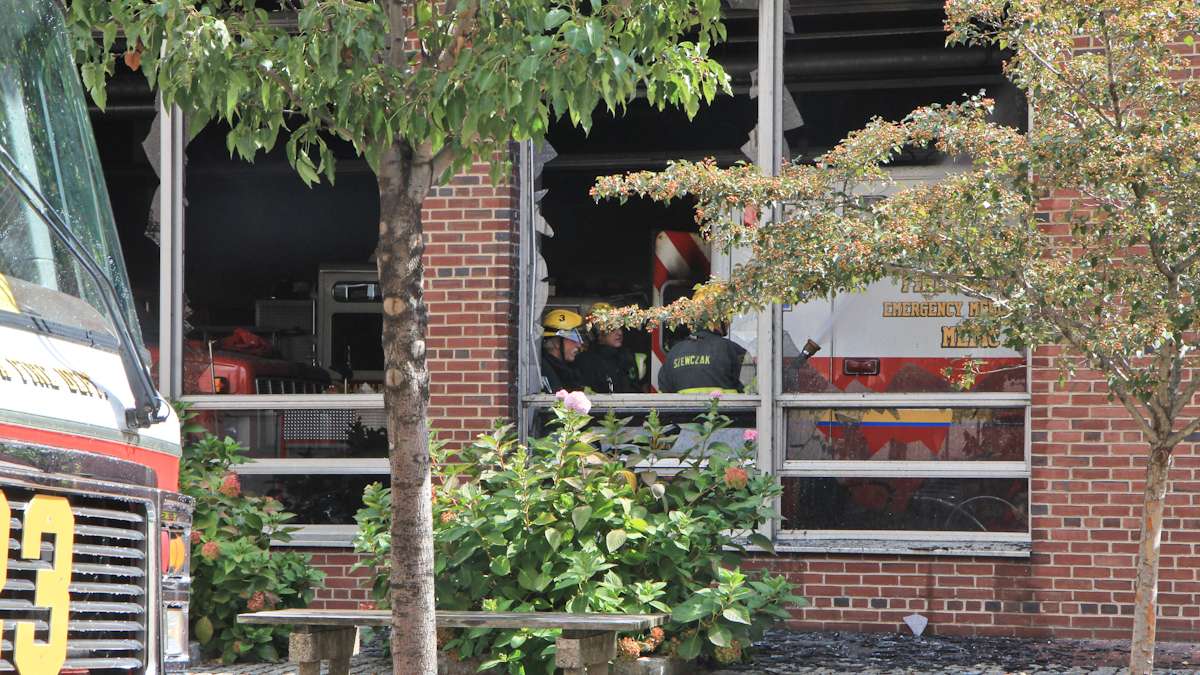Who’s to blame for the school funding crisis?
Philadelphia public schools have been open for nearly three weeks now, and the budget crisis has manifested itself in numerous ways.
For my daughter, a sixth grader at a magnet school with over 1,100 students, the differences are noticeable. The crossing guard is doubling as a Noontime Aide, the music teacher and nurse are both part time, the majority of the office staff has been laid off, and because there is no librarian, the library is closed.
The students are adjusting, it seems, because that’s what kids do. For parents, however, the transition is more difficult, because we look at the District’s $304 million budget deficit and we search for someone to blame.
What Philadelphians are saying
The Pew Charitable Trusts, in a poll taken in July and August, found that Philadelphians blame virtually everyone. Thirty-one percent of respondents blamed the mayor and city council, while the same percentage blamed the governor and the state legislature. Twenty-one percent blamed the school administration and the School Reform Commission (SRC). Eleven percent blamed the teacher’s union.
So who’s really at fault? It depends upon whom you ask.
“I think all of us are to blame,” said a district source on condition of anonymity. “Blame Gov. Corbett for the ridiculous cuts, but all of us are to blame because we let it go for decades without rethinking how to educate our people or how to pay for it.”
That raw truth, as refreshing as it is, won’t result in solutions for the future. Neither will the finger pointing that has taken place during the search for answers.
The blame game
I interviewed some of those involved in the schools crisis a few weeks after the Pew poll was taken, and even then, everyone seemed to have their own version of the truth.
Philadelphia Federation of Teachers (PFT) spokesman George Jackson blamed the mayor. “The issue with the mayor is the fact that when it comes time to issue harsh rhetoric, the mayor’s reluctant to call the governor’s name,” Jackson said. “He’s quick to say the teachers need to step up.”
Mayoral spokesman Mark McDonald saw things differently.
“If the future looks like the past, public school enrollment is going to drop precipitously in coming year,” McDonald said, “because they don’t offer a good product. We have to get teachers working with parents to make each school a vital place, not a place where students just kind of end up there. Getting another raise in your ninth year just because it’s time for your ninth year step increase doesn’t work for the future.”
“The question of, ‘How did we get to this place?’ I’m not laying that at the PFT’s feet,” said the mayor’s chief education officer, Lori Shorr. “State funding is down $140 million annually. The [federal] stimulus money is gone. That’s another big part. The School District is expecting costs to go up. Pension, health care and charter payments are growing exponentially.
“We’re one of only three states in the union that does not fund districts based on how many students we serve,” Shorr added. “We’re one of only 10 that don’t put the money out based on student needs. We’re back in caveman days in terms of how we fund.”
That was the one point where the union, the District, and City Council agreed. The funding formula is out of whack. The adequacy funding formula which was in place under former Gov. Rendell was much more beneficial to Philadelphia, Shorr said. However, that formula was eliminated under Gov. Corbett.
What’s next
So who had the best way forward?
McDonald spoke about a series of taxes that could begin to close the gap, including a cigarette tax that would raise $45 million if it passes the State General Assembly. He also talked about the prospect of repurposing 1 percent of the City’s 8 percent sales tax for the schools. Under that scenario, the General Assembly would provide $120 million in new funds for the School District starting July 1, 2014, and the City would be able to borrow $80 million and pay for it with sales tax money at no additional cost to Philadelphia taxpayers.
City Council doesn’t like that plan, but would settle for the state General assembly agreeing to split the 1 percent between the schools and the City’s Pension Fund.
Council has also floated a plan that would have the School District to sell off surplus buildings to quasi government agencies like the Philadelphia Industrial Development Corporation (PIDC) for a projected $50 million. Those buildings, according to Clarke’s office “have already attracted serious interest from institutions and developers” and could be sold off by fiscal year 2016.
At this point, as a parent, I honestly don’t care which plan is adopted. I don’t care who wins the PR battle. I don’t care who gets the credit or the blame.
All that matters to me is that the problem is fixed, that the teacher’s contract is resolved, and that the schools receive the resources they require. Because while my daughter, and the 136,000 other students now attending grossly underfunded schools will adjust to education with fewer resources, they should never have to do so.
And as parents, we should never accept it.
WHYY is your source for fact-based, in-depth journalism and information. As a nonprofit organization, we rely on financial support from readers like you. Please give today.





